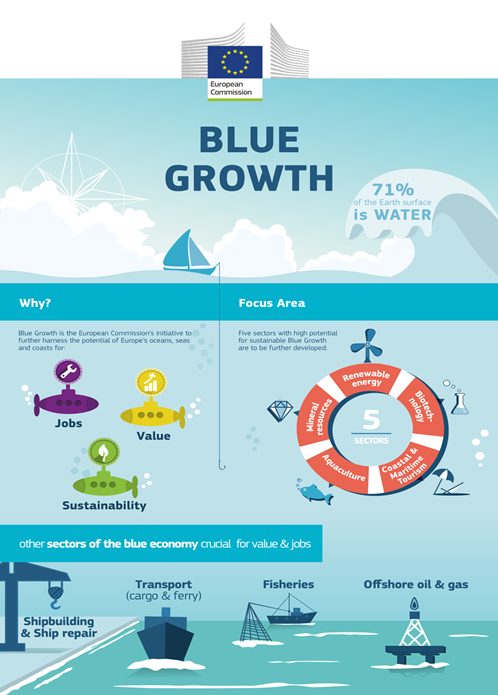

2nd July 2022 (5 Topics)
Context
In a study conducted, it has been found that the need of growing population in Africa is depended on Marine fishes for survival.
- Now it became particularly important to give attention to the development of Africa’s “blue economy”.
About
The problem statement (Africa’s fisheries sector & increasing demand)
- The African marine fisheries sector is huge. It’s valued at more than US$24 billion per year.
- Africa’s population is expected to reach 7 billion in 2030 and 2.5 billion in 2050.
- Fish consumption is already 5 kg per capita per year. It would need to grow to 13 million tonnes of marine fish in 2030 and almost 19 million tonnes in 2050.
- The African continent produces seven million tonnes of marine fish a year.
- This capture has increased in recent years as the improved catches in West Africa and the end of Somalian piracy in the Indian Ocean.
- But the growth in supply can’t match the growing demand.
These figures provide an idea of the scale of the production gap: about six million tonnes in 2030 and 12 million in 2050.
|
What is Blue economy?
|
Significance of marine based Economy in the Indian Ocean
- High Return on Investment: New research commissioned by the high-level panel for a sustainable ocean economy, co-chaired by the Norwegian Prime Minister (PM), shows that every dollar invested in key ocean activities yields five times i.e. $5 in return, often more.
- Synergy with SDG: It supports all of the United Nations’ Sustainable Development Goals (SDGs), especially SDG14 ‘life below water’.
- Sustainable Energy: Supporting the increasing demand for renewable energy, offshore regions have tremendous potential in the form of offshore wind, waves, ocean currents including tidal currents, and thermal energy.
- Generate Employment: Blue economy has the potential to grow the employment opportunities in the region by engaging people in marine based activities like fishing etc.
Threat to marine fisheries sector
- unsustainable rates of fishing
- weak fisheries governance
- Climate change
- Habitat destruction
- Territorial boundary issues
|
India’s fisheries sector
|



